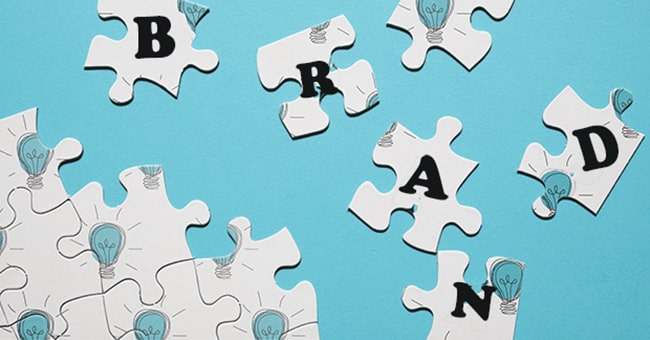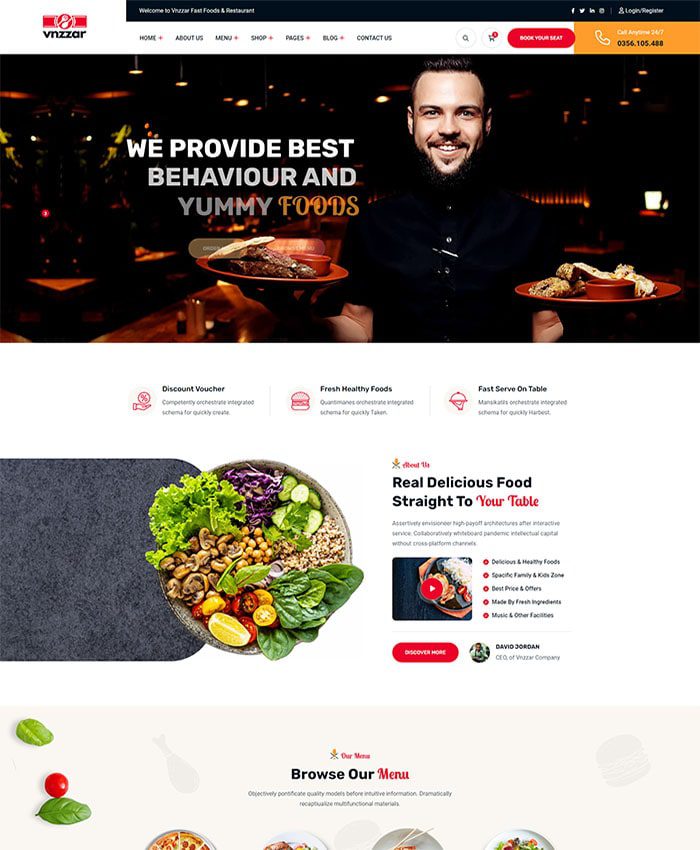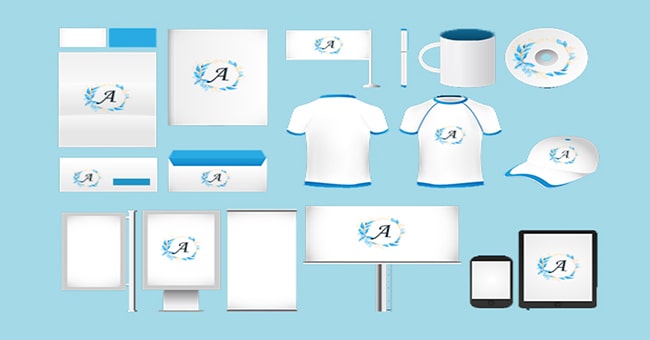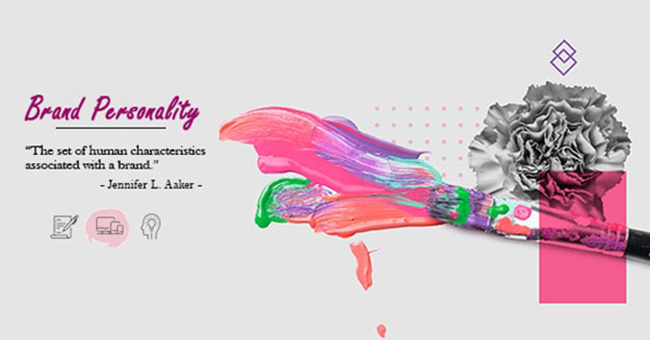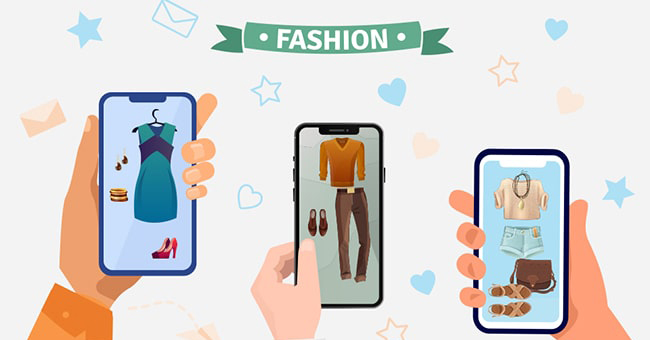In the field of brand building, people often mention brand personality. But have you ever heard of brand style? What is brand style? Between brand style and brand personality, which factor is more important? And how to determine brand style? Let’s find out with Adsmo in this article.
1. What is brand style?
For businesses, in addition to providing quality products/services or beautiful packaging, one of the equally important factors to attract customers’ attention and make them remember the brand for a long time is brand style.
Brand style is the brand’s mark or the unique identity of each business that customers perceive.
Why is brand style important? Because in reality, many customers make purchasing decisions simply because they feel that the brand has a style that suits them. That style makes them impressed and comfortable when experiencing the product. Brand style plays an important role in the journey to “reaching” customer satisfaction with the brand.
The world’s leading brands have also established their position in the industry by building their own unique, distinctive style.
Examples of famous fashion brands that every woman dreams of:
- Louis Vuitton: Sophisticated, perfect style
- Chanel: Classic style
- Burberry: Luxurious style
- Gucci: Aristocratic style
- Versace: Fashionable style
Creating a unique brand style will help businesses leave a deep impression in the minds of customers. There is a clear direction for developing future products/services.
2. Is Brand Personality or Brand Style More Important?
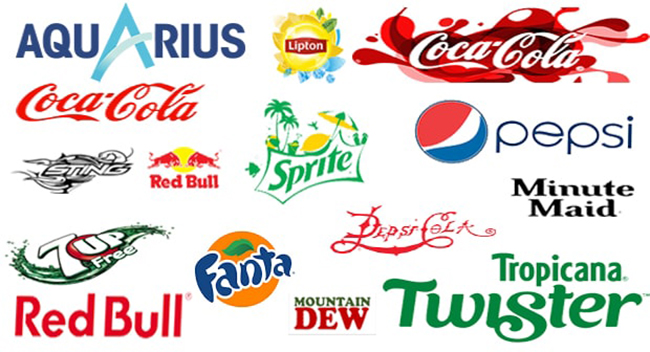
Just like in real life, we all have personalities, but not everyone has a clear, unique style. This is the reason why we can be impressed and remember some people from the first meeting. But some others are not.
Brand style is similar, leading brands to have the position they have today have built for themselves a prominent, typical, unique brand style that is not confused with other brands on the market.
Brand personality and style both depend on the emotional connections between the customer’s mind and the brand. A brand with a clear, consistent, and distinct style will help increase the customer experience many times over.
Building a brand style is an important step in the brand personalization process. It is the key point that helps brands differentiate without seeing the brand name. At the same time, it is deeply rooted in the minds of consumers.
3. Factors that influence brand style?
3.1 Personality
In the above section, we have a better understanding of the relationship between personality and style. Therefore, personality plays a dominant role in brand style. A brand with a warm, sincere, competent or sophisticated personality also affects the process of shaping brand style.
3.2 Color
Color makes brand style more easily recognizable. Each color has its own meaning to emphasize the style:
- Black: Power, mystery, mystery, luxury, sophistication
- Yellow: Happiness, warmth, relaxation
- Red: Intense, passionate, love, attraction, vibrant
- Green: Nature, health strong, rich, full of life
- Navy Blue: Youthful, dynamic, safe, loyal, professional
- Purple: Luxurious, elegant, royal, feminist, romantic
- Orange: Playful, artistic, creative, energetic
- White: Pure, clean, peaceful
- Pink: Feminine, innocent, gentle
- Brown: Reliable, cozy, solid
The color combination in the brand identity must be in harmony with the brand identity to convey and connect most accurately the emotions that the brand wants to express to customers.
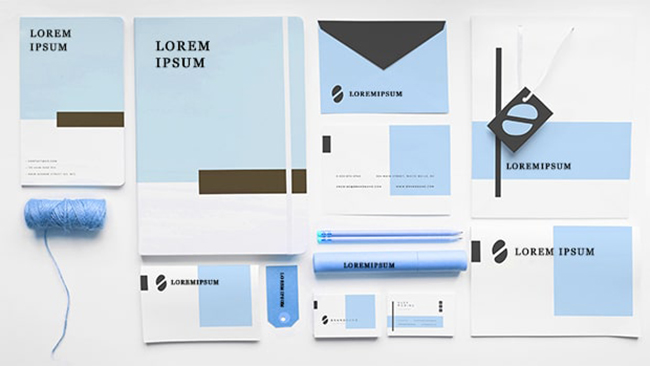
3.3 Identity image
Characteristic images will contribute to increasing the positive perception of the brand with the brand style. Images that are integrated with words, logos, lines, fonts, and characteristic colors will reflect the brand’s unique identity to customers at first sight.
3.4 Culture
Culture is a major factor in brand style perception. Customers are easily attracted to businesses with outstanding style. Good culture will easily connect customers with brands with unique, suitable styles.
3.5 Emotional attributes
Shaping style with emotions will help businesses easily win sympathy and connect with customers. Positive emotions have a clear correlation with brand personality groups and vice versa.
4. Building a corporate brand style
The following branding style building method will help your business become different and firmly rooted in the minds of target customers.
4.1 Typical brand style groups
Similar to the brand personality building process, brand style also includes different groups, each group will include the above elements such as personality and emotional attributes, color and identity image.
- Amiable style
- Charming style
- Simple, gentle style
- Luxurious style
- Creative style
- Professional style
- Humorous style
- Smart style
- Fashion style
- Brave style
There are also many other prominent styles such as sweet, safe, extroverted, introverted, natural, flashy, stylish, trustworthy,…
However, businesses should only choose a maximum of 3 styles for their brand. Among them, you must choose a main and most authentic style.
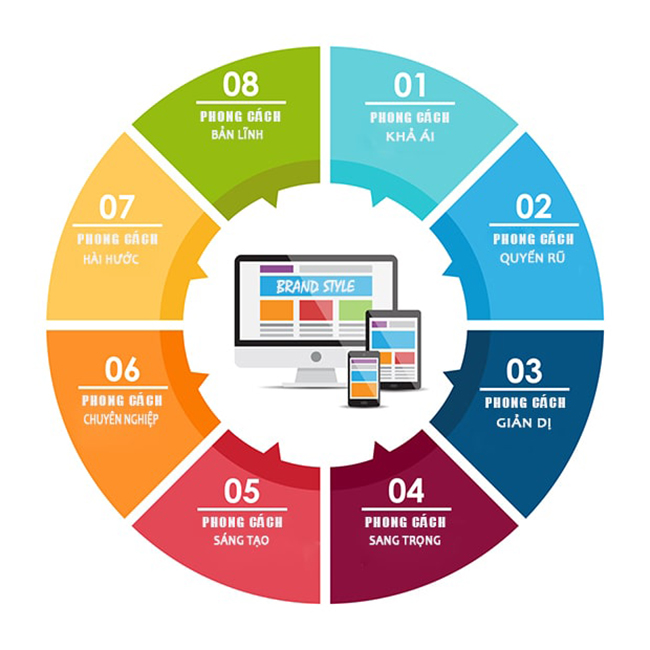
4.2 Market research
Quantitative market research will help businesses easily compare with competitors, know the current brand style in the minds of customers after that defines a distinct style for the brand.
Some types of questions in the market research form:
- Ask a question to compare with competitors: Which brand do you think meets the criteria of being stylish (similar to other style groups). Scored on a scale of 10.
- Ask a question specifically for your business: In your opinion, which of the following styles does brand A have? And also scored on a 10-point scale.
Businesses should use online survey tools to easily summarize average scores and compare between businesses.
Here is a sample summary of the results of a business brand style survey:
| TT | Brand | Stylish | Fashion | Friendly | Classy | Smart | Sweet | Fun looks | Professional | Seductive | Creativity |
| 1 | Brand A | > | > | > | > | > | > | > | > | > | |
| 2 | Brand B | > | > | > | > | > | > | > | > | > | |
| 3 | Brand C | > | > | > | > | > | > | > | > | > | |
| 4 | Brand D | > | > | > | > |
4.3 Analyze brand style with competitors
From the above results, businesses can choose a brand style based on the following competitor analysis matrix:
As shown in the image above, suppose brand A (your brand) is leading in charm, so you can focus on building a charming brand image through product design, packaging, advertising, tradition, etc. Smart and creative are two attributes that the brand has not exploited. To create a difference, you should integrate this attribute into the overall style of the brand.
Has your brand defined a brand style to make a deep impression on customers’ minds? If not, contact Adsmo immediately for advice and support in building the most unique and outstanding brand style.
Reference source: The book “10 steps to take off a brand” by Brand Expert Dang Thanh Van.
See more:
ADSMO – INFORMATION TECHNOLOGY & MARKETING solution, providing customized Enterprise Software solutions, consulting on building digital platforms with the mission:
TOTAL solution, BREAKTHROUGH development – Optimizing COSTS – Increasing PROFITS. We are committed to providing you with:
- Management solutions tailored to your business needs.
- Easy-to-use and efficient systems.
- Professional customer support services.
Contact ADSMO now for a free consultation:
- Address:8th Floor, HD Tower Building – 22 Pho Moi – Thuy Nguyen Ward – City. Hai Phong
- Website: https://adsmo.vn
- Email: info@adsmo.vn
- Hotline: 0356 105 388


